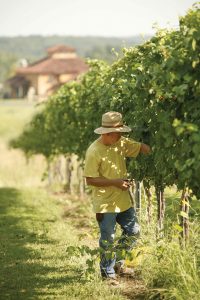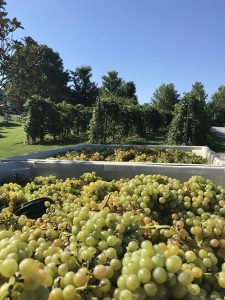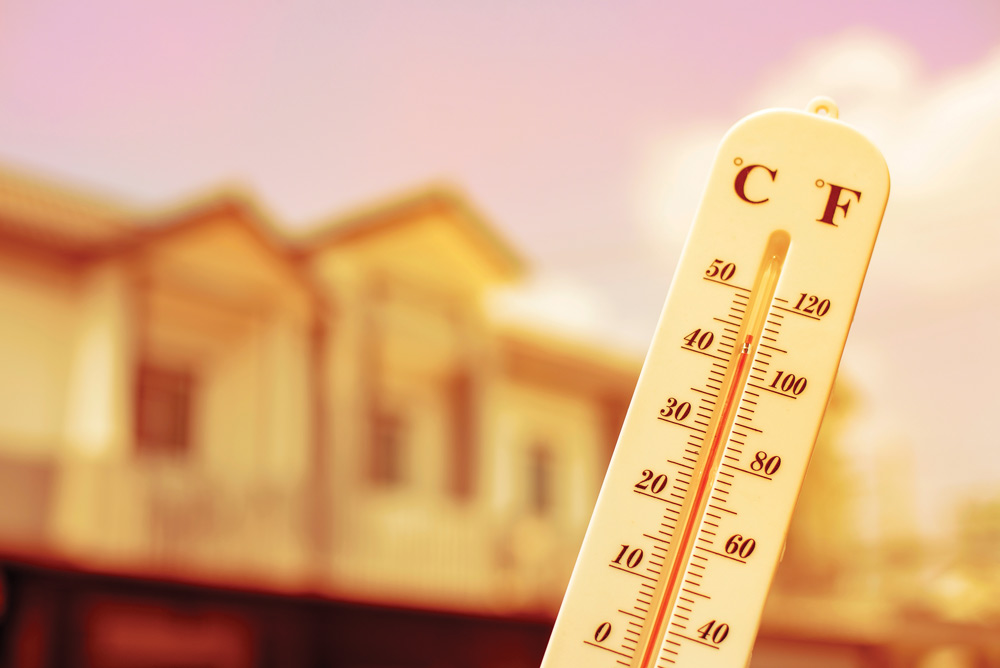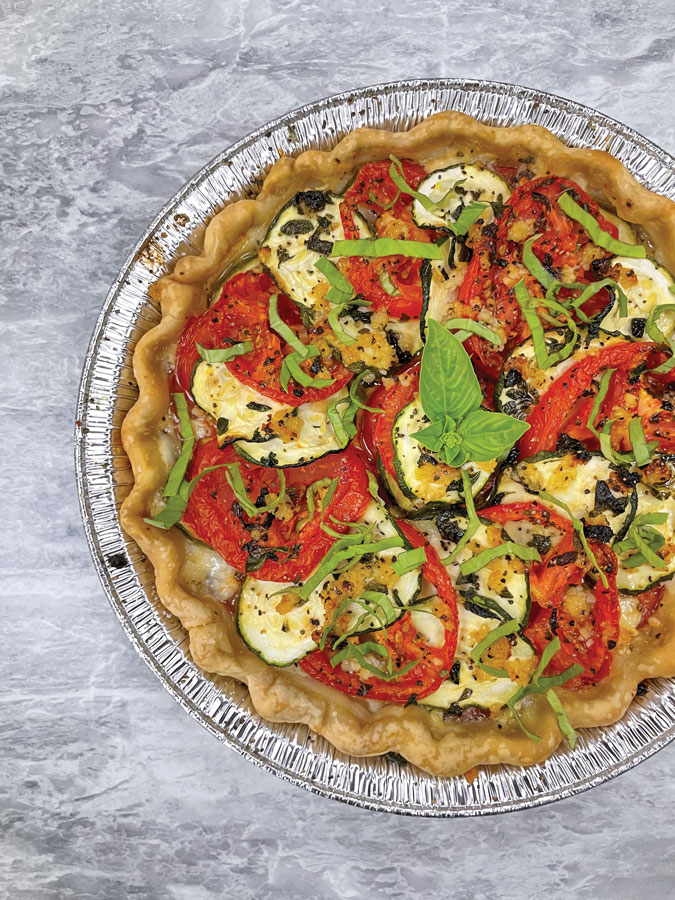 Like their peers in traditional row-crop agriculture, grape and wine producers across Illinois are preparing for a busy harvest season. They are lining up extra help, keeping a cautious eye on the weather and making sure everything is just right for a perfect harvest.
Like their peers in traditional row-crop agriculture, grape and wine producers across Illinois are preparing for a busy harvest season. They are lining up extra help, keeping a cautious eye on the weather and making sure everything is just right for a perfect harvest.
Depending on location and variety, Illinois grapes are mature and ready for picking from mid-August to October, but harvest is just the first step in the long process from vine to wine.
“The winemaking process begins in the vineyard,” says Brandy Nance, marketing director at Blue Sky Vineyard near Carbondale. “How the grape has been cultivated is one of the critical factors affecting the quality of wine.”
As grapes mature, they attract the attention of not just the winemakers, but also area wildlife. “Birds can clear out a whole row of grapes in no time,” says Tina Simmermaker of West of Wise Winery near Petersburg. To combat birds, deer and other animals from enjoying the grapes before humans, growers cover their vines with nets several weeks before harvest.
It is during this time, too, that growers keep a careful eye on their vines. Viticulturalists (horticulturalists who specialize in the cultivation and harvest of grapes for winemaking) begin checking the maturity of grapes both through a visual inspection and with scientific instruments weeks before harvest. They are looking for pH levels and brix – the measure of sugars in the juice within the grapes. When everything is right, it’s harvest time.
“Once August hits, it’s really go, go, go for about two months,” explains Britt White, brand ambassador for Galena Cellars in northwestern Illinois. “We are busy.”
While farmers fire up their combines, grape growers turn to staff members, family and friends. For most Illinois vineyards, grape harvest is done manually.
“We pick from about 6 in the morning until about 11 a.m.,” explains Doug Palm, winemaker and owner of Twelve Oaks Vineyard near Carlyle. “We don’t like picking them in the heat, because as soon as you pick that cluster off of the vine, grapes begin degrading. We want to begin the process as quickly as possible.”
Nance explains the process at Blue Sky, a member of SouthEastern Illinois Electric Cooperative: “First, we grab an individual cluster and cut it off the vine, one at a time, and put them in bag called a lug. Once that’s full, the crew member will set it down and pick up another. Then someone comes through and pours the full lugs into a larger bin at the end of the row.”
She says once the bin fills up, it goes into a commercial cooler.
“You don’t want grapes sitting on top of each other out in the heat,” she adds. “We get them into the cooler immediately.”

When an entire variety has been harvested and is in the cooler, the grape clusters go into a crusher/de-stemmer machine that does exactly what the name implies – an auger “pops” open the grapes, releasing the juice while removing seeds and stems. The machine works much in the same way a grain harvester separates wheat from chaff. The crushed grapes then go into a press.
“It’s a big tank that looks like it has a water balloon in it,” Palm says. “It’s a bladder press. Water fills the bladder in the middle of the tank and as it fills, it crushes all of the juice out.” Crushing – the exact time and pressure – is all controlled by the winemaker. Press too hard and the resulting wine is likely to be too acidic.
It is sometime after pressing – Palm says it can be as much as a week or 10 days later, after the juice has cooled in large stainless-steel tanks, that fermentation – creation of the alcohol content – is started by adding yeasts. The yeast converts the natural sugars into alcohol and carbon dioxide. Fermentation takes about three weeks at controlled temperatures.
“We monitor it daily to make sure the temperature of the juice-turning-into-wine isn’t too hot because that will make the fermentation go too fast,” Nance adds. Throughout the process there is regular testing, filtering and even some tasting to make sure everything is just as the winemaker wants it.
After fermentation is complete, the wine is aged either in oak barrels or steel tanks, eventually transferred to bottles, where it continues to age and develop both flavor and bouquet. Depending on the variety of grapes and the kind of wine, the bottles will be ready for consumption in six to 24 months.
But what about the photos and films where barefooted individuals climb in a big vat and stomp the grapes to make wine? “That just doesn’t happen anymore. The only time you see that is when a winery is having a special event and it’s something more for advertising,” says Darrell Simmermaker of the Menard Electric Cooperative-served West of Wise Winery.
The Illinois grape and wine industry
 Grape harvest and winemaking happens throughout Illinois with vineyards and wineries located in practically every region of the state.
Grape harvest and winemaking happens throughout Illinois with vineyards and wineries located in practically every region of the state.
Lisa Ellis, executive director of the Illinois Grape Growers and Vintners Alliance, explains the state’s wine industry is growing, with more than 160 wine tasting rooms. “Illinois is the 18th largest wine-producing state in the country,” she says, adding that not only are the number of wineries growing, but also the accolades they are earning.
“It is interesting to note that in 2007, Illinois had 339 entries in our state wine competition and only 2.36 percent of those received a gold or double gold medal,” she outlines. “This year, we had 297 commercial entries and 27.6 percent received gold or double gold medals. So, in just 15 years, we’ve made huge improvements and our winemakers continue to offer a stellar product.”
She says Illinois wineries have a significant economic impact – one in the millions of dollars every year, but it could be even more.
“We have room to grow as an industry because we are home to many people who love to drink wine,” she says. “We just need to get them drinking our wine.”










